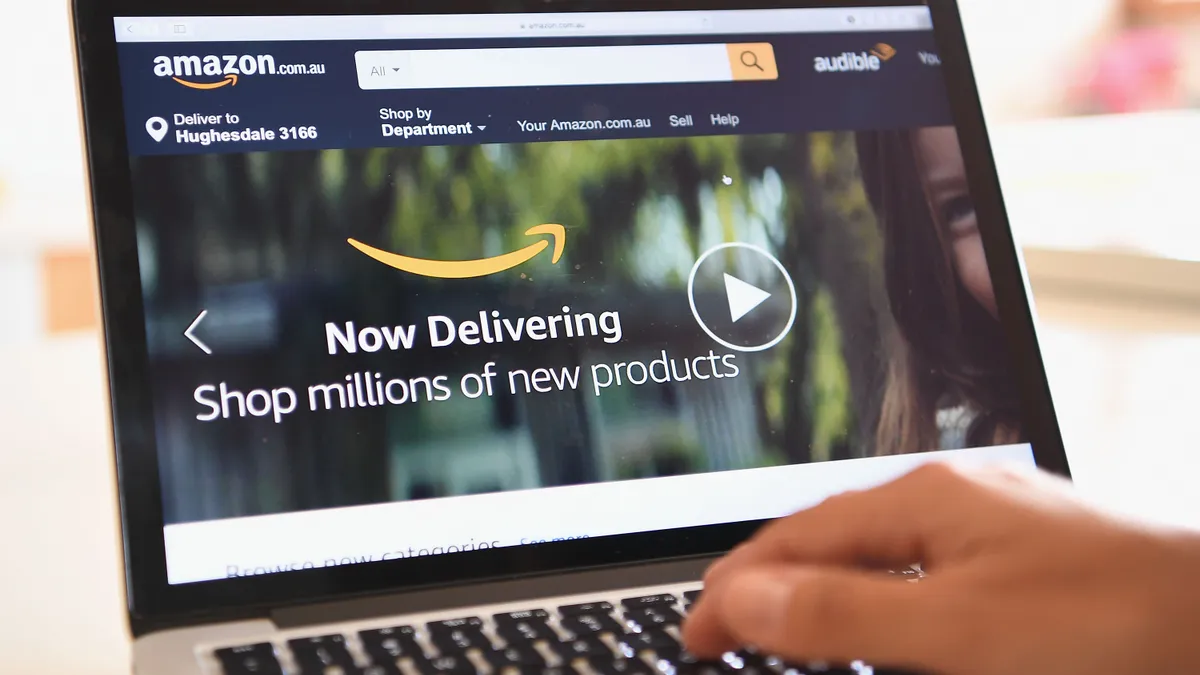It’s been more than a decade since Target’s customer-experience methodology made headlines for exposing a teenager’s pregnancy. strategies.
In 2012, The New York Times Magazine revealed that the retail giant’s pregnancy-prediction model resulted in a high school girl receiving coupons for maternity and baby products in the mail. While her father at first thought it to be an insulting mistake, he soon found out Target’s prediction model was right.
The story made many in the general public uneasy. The girl’s pregnancy wasn’t public knowledge, yet somehow Target knew.
Since then, CX professionals have learned much about the right — and wrong — ways to implement personalization
“Even though many marketers use their customer's shopping history to personalize the experience, Target made it creepy,” Paulius Milišauskas, VP of customer operations at email and text message marketing platform Omnisend, said in a message to CX Dive.
In 2012, the CX world was abuzz with the prospect of so-called “big data,” Milišauskas said. Study after study put personalization on a pedestal. But the Target incident exposed the strategy’s risks and the fine line between the effectiveness and creepiness in personalization.
Lesson learned
Right away, Target’s misfortune inspired some changes, according to Milišauskas. Companies began consulting with public relations practitioners and lawyers about marketing campaign risks. Transparency around data collection and analysis increased.
Transparency can be as simple as asking for consent, Milišauskas said. Companies can ask customers for permission to send them personalized deals, and send them a form on which to to fill out their product preferences.
Companies like Kellanova, for example, are increasingly betting on zero-party data — information a customer voluntarily shares with a customer — to learn more about and engage with customers.
Despite high-profile mishaps, personalized experiences are more prevalent, and more desired, than ever.
More than 7 in 10 consumers said they received a personalized offer in the last 30 days, according to a recent survey of more than 2,500 U.S. consumers by PYMNTS Intelligence and Amazon Web Services. Further, more than 80% of consumers said they are receptive to personalized offers, and nearly 25% ranked personalization as an offer’s most important factor.
The ‘Amazon effect’
Amazon is particularly effective at staying within the boundaries while producing a highly personalized experience, according to John Nash, chief marketing officer of customer data management and engagement strategy provider Redpoint Global. The online retailer’s strategy is so successful that customers have come to expect the same experience from other retailers, across channels — what he calls the “Amazon effect.”
“Amazon set the bar for building a successful customer-centric approach, providing a blueprint for how an omnichannel, personalized CX drives loyalty, lifetime value and revenue, all by demonstrating a deep understanding of the customer across every engagement touchpoint,” Nash said in a statement.
For Prime Day last year, for example, Amazon increased the number of personalized deal offerings from the previous year by more than 2.5 times, driving nearly four times more customer engagement. For Prime Big Deal Days, Amazon’s massive fall sale, the majority of customers’ deal suggestions were personalized.
“We’ve always offered product recommendations based on customer past interactions, so personalization is part of Amazon’s shopping DNA,” Amazon spokesperson Kristina Pressentin said via email. “Our vision, over time, is that we’re creating an entirely personalized shopping experience that is tailored and curated for each customer.”
While there are some things consumers do not want corporations to know, there’s much they do. Preferences for product color, size and style “are now the tip of the iceberg,” Nash said. Knowing the preferred delivery method, where a package should be left, how a customer uses an online shopping cart and communication preferences can help drive loyalty, value and revenue.
For businesses that want to follow in Amazon’s footsteps, Nash said the not-so-secret ingredient is customer data. It can be used to develop a profile, which can be updated in real time and accessed throughout the business.
Pressentin said Amazon bases its product recommendations on past purchases, browsing history and items they save to their lists.
Customers retain the power to manage their recommendations by editing their browsing history and removing promotions they don’t want to see. They can also remove gift purchases and mark items as “Not Interested.”
By providing customers some control over personalized offers, businesses can maintain their relationship with consumers while remaining effective.
“Target's situation was a good reminder that people enjoy personalization, but only when they feel like the main purpose of it is to improve their experience,” Milišauskas said. “If people feel like they are targeted with personalized deals just for the company to earn more money, or that their data is being used inappropriately, they start to feel uncomfortable.”



















